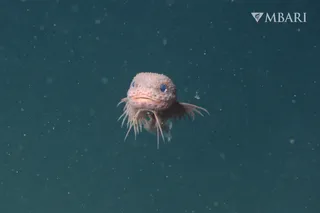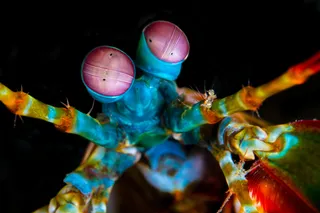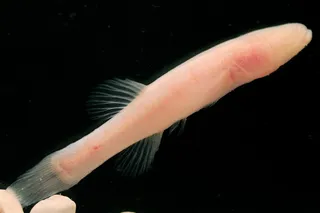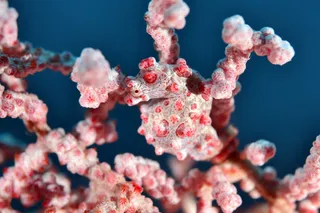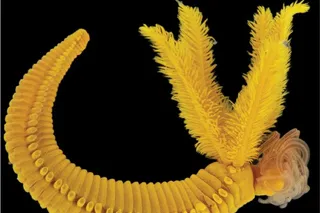Scientists have located a biological dimmer switch in a species of electric fish that uses electricity during everything from swimming to mating. The switch comes in handy when they don’t need to be electrified; during the day, the fish turn their current down to save energy for other activities, according to a new study in PLoS Biology. That means that the South American river fish, Sternopygus macrurus, is a natural practitioner of energy efficiency. It can reshape the charged-molecule channels in its electricity-producing cells to tone down its electrical signature within a matter of minutes [Wired.com].
Scientists found the dimmer switch in the membranes of cells called electrocytes within this electric organ. The switch takes the form of sodium channels that the fish can insert and remove from the electrocyte membranes. More sodium channels mean a stronger electric impulse [LiveScience]. Because the energy is expensive to produce for the fish, ...





